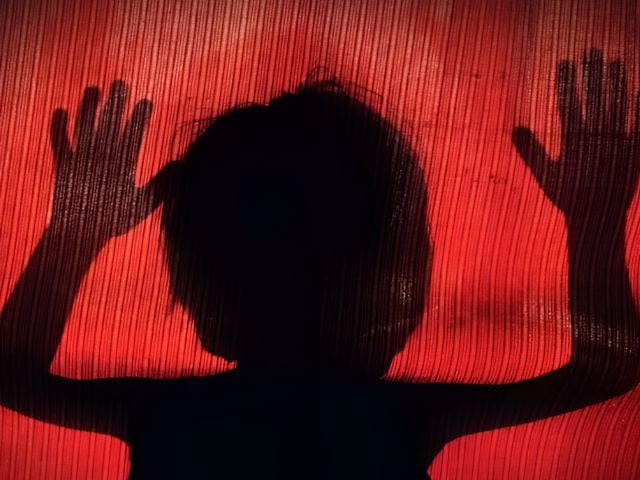Corporal punishment
.

In our society, the cycle of violence often starts early for a child. The initial exposure to violence frequently comes from teachers who, in the belief that physical punishment will be a lasting lesson, use corporal punishment on the child. A few days ago, a seven-year-old boy was beaten by a seminary teacher with a thorny stick for not memorising his lessons.
The minor received injuries on different parts of his body and serious injuries on his hands and arms while the teacher disappeared after the incident. Parents, teachers and caregivers often seem to forget that their main responsibility is to protect and care for children, rather than to punish them. Although laws against the practice exist in the country, corporal punishment is routinely used in schools and seminaries across Pakistan.
There are many effective laws in the country, but they are not enforced as rigorously as they should be. Nonetheless, these laws at least reflect an acknowledgement of the problem by the higher authorities.
Regrettably, disciplining the young is still guided by outdated concepts of physical punishment and it is hoped that schools will be encouraged to invest in teacher training that promotes positive interactions with students. Such methods of punishment have no place in modern society and leave a lasting impact on children. Research indicates that children who are affected often display aggression and anxiety as they grow older, and they are also more likely to resort to violence. Alongside enforcing the law, there should be a greater effort to educate the public about how the cycle of violence perpetuates when children are subjected to physical punishment. The need is for teachers and parents to use positive reinforcement to encourage their students and children, rather than pick up the stick for 'teaching a lesson'.













COMMENTS
Comments are moderated and generally will be posted if they are on-topic and not abusive.
For more information, please see our Comments FAQ